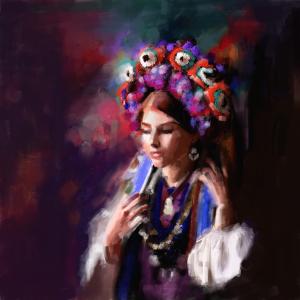Sale on canvas prints! Use code ABCXYZ at checkout for a special discount!

( Bibliographic Source: Peter Somer Travels)
From shadow puppetry to wandering minstrels, village dances to Ottoman military music, folk traditions pervade all areas and levels of Turkish life. Here’s a very brief introduction to a rich cultural legacy that stretches back hundreds of years.
Folk Dances
Each region in Turkey has its own special folk dances and costumes. Here are some of the most popular.
“Horon” – This Black Sea dance is performed by men only, dressed in black with silver trimmings. The dancers link arms and quiver to the vibrations of the “kemence” (a primitive kind of violin).
“Kasik Oyunu” – The Spoon Dance is performed from Konya to Silifke and consists of gaily dressed male and female dancers ‘clicking’ out the dance rhythm with a pair of wooden spoons in each hand.
‘’Kilic Kalkan” – The Sword and Shield Dance of Bursa represents the Ottoman conquest of the city. It is performed by men only, in Ottoman battle-dress, who dance to the sound of clashing swords and shields, without music.
“ Zeybek” – In this Aegean dance colourful male dancers, called “efe”, symbolize courage and heroism.
Folk Music
Lively Turkish folk music, which originated on the steppes of Central Asia, marks a complete contrast to the refined Turkish classical music of the Ottoman court. Until recently folk music was generally not written down, instead the traditions have been kept alive for generations by “asiklar” (troubadours and storyteller poets – in the same way that many ancient Greek myths survived until written up by Homer etc.)
Distinct from folk music is the old Ottoman military music, now performed by the “mehter takimi’’ (Janissary Band) in Istanbul, which beats out the rhythm of war, and is played with kettle drums, clarinets, cymbals, and bells. The mystical music of the Whirling Dervishes (“Mevleviler”) is dominated by the haunting reed pipe or “ney”, and can be heard in Konya during the Mevlana Festival in December.
CATF and Turkish Folk Culture
CATF has portrayed Turkey’s folk culture in all its vibrant colors in multiple artworks. These artworks stand out owing to their fresh assemblage of colors, strokes and hues conjugated with their traditional ambiance.
Visit our gallery today to check out Turkish Folk Culture as depicted in CATF’s paintings.
1-catf.pixels.com